John Vanderlyn was a neoclassicist painter of the late 18th to an early 18th century from America. He was one of the first American artists who got a chance to study in Paris. The neoclassicism was introduced in the United States of America mainly due to his efforts.
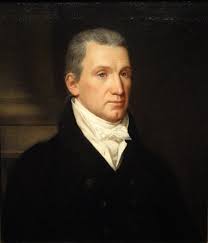
He ventured beyond portraiture among the Americans and executed the first large-scale nude in the United States and various history paintings, thus bringing the neoclassic influence.
Table of Contents
John Vanderlyn Biography
John Vanderlyn was born on October 18, 1775, in Kingston, New York. John was the grandson of Pieter Vanderlyn, the portrait painter. Vanderlyn was employed in New York for the first time by a printseller.
He got instructed by Archibald Robinson, a Scotsman who later became one of the directors of the American Academy of Fine Arts.
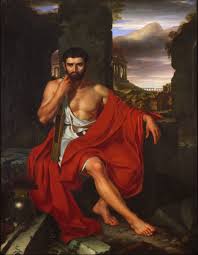
John moved to Philadelphia and spent some time in the studio of Gilbert Stuart, copying some of the portraits. One of them was of Aaron Burr, who introduced John to Gilbert Stuart and become his pupil.
John Vanderlyn was sent to Paris in 1796 by Aaron Burr and studied there for five years. In 1801, John returned to the United States, living in the home of Aaron Burr, who was the Vice President then.
John Vanderlyn Paintings
John painted the well-known portraits of Burr and his daughter. John is remembered for the two paintings of Niagra Falls engraved and published in London in 1804.
But, Vanderlyn returned to Europe shortly afterward visiting Paris in 1803 and England in 1805.
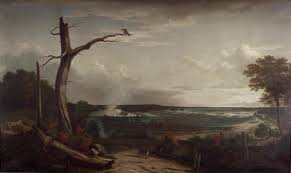
He painted the Death of Jane McCrea for Joel Barlow. Vanderlyn went to Rome after that. He had received the Napoleon gold medal there for painting the picture of Marius amid the ruins of Carthage, put up in Paris.
Rise to Fame
The newfound success was pushing his career forwards. He spent seven years in Paris following this and prospered greatly. He showed a nude Ariadne in 1812, which increased his fame. Aaron Burr fled to Paris and Vanderlyn served as his only support for some time.
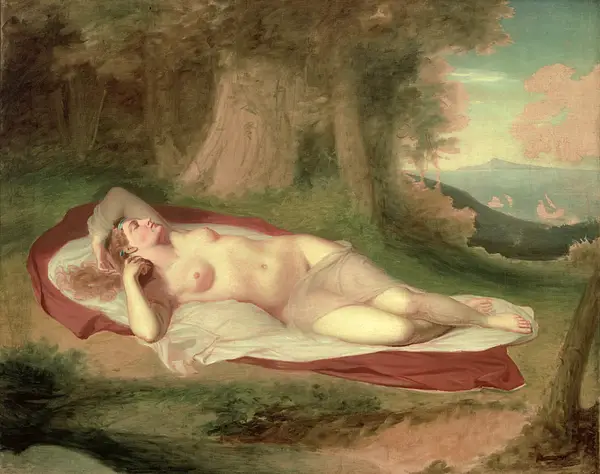
Vanderlyn returned in 1815 to the United States and is known to have painted the portraits of various important men like John C. Calhoun, James Monroe, Governor George Clinton, Governor Joseph C, Yates, James Madison, Robert R Livingston, Zachary Taylor, Andrew Jackson, and others.
He even completed a posthumous full-length portrait of George Washington in 1834. The project was for the House of Representatives.
Early Life of John Vanderlyn
He is also known to have built a personal museum in 1816 in the form of a rotunda. The money for the building was obtained from 112 of his contributors totaling a sum of about $6000.
Not only that all his paintings were exhibited, but also the copies from the nude on an enormous canvas that was executed in 1818 – 1819.
John Vanderlyn Versailles
He also placed one of the several ‘panoramas’ that were made in the early 19th century and the only one that had survived.
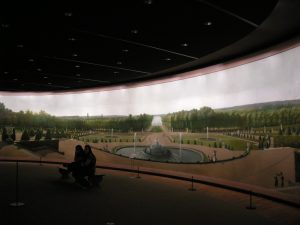
John also exhibited panoramas. Vanderlyn had a “Rotunda” built in New York City that displayed the panoramic views of Versailles, Athens, Paris, and Mexico. He even made some battle pieces, none of which could bring him financial success.
John Vanderlyn Works
His slow work was attributed to the failure to bring him success. Vanderlyn became one of the founders of the National Academy of Design in 1825 and taught at the school.
John was even commissioned to paint The Landing of Columbus by the Congress for the Rotunda of the United States Capitol in 1842.
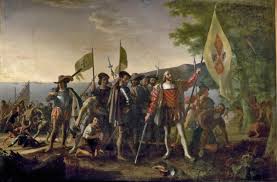
However, he went to Paris and hired an artist, who is said to have put in most of the efforts in this painting. John Vanderlyn was the first artist from America to study in France. All of the others would move to England in the pursuit of becoming a draughtsman.
John Vanderlyn Landing of Columbus
John was known to be more academic than the others of his time. But, although his work was properly executed, they lacked charm.
The Landing of the Columbus was criticized as hardly more than respectable. John Vanderlyn died on September 23, 1853, at Kingston, New York in poverty.
More Info On- Famous Victorian Portraits, William Leighton, John Everett Millais, John Singer Sargent
